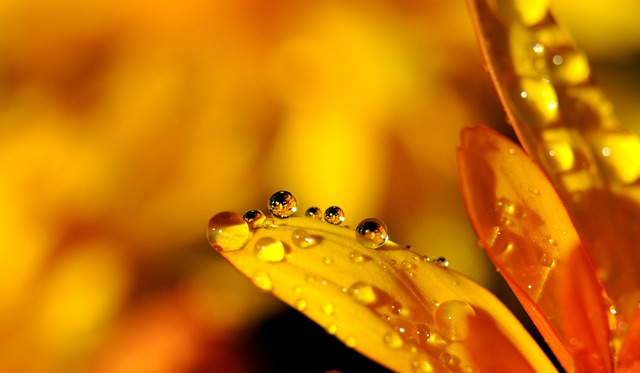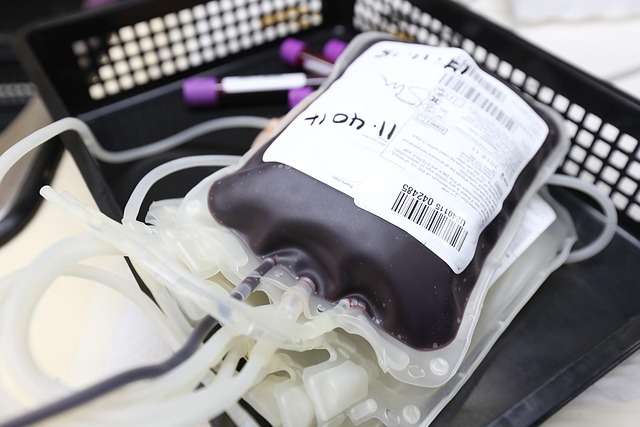Ozone therapy, specifically the 10 Pass Ozone Treatment targeting chakras, is an alternative medicine that enhances immune systems and promotes holistic wellness. This method has been adopted to conserve eagles, apex predators crucial for ecosystem balance. By combining environmental sustainability with healing practices, the treatment maximises conservation efforts while minimising ecological impact. Strategic implementation includes pollution reduction, habitat protection, anti-poaching measures, community education, renewable energy adoption, and monitoring outcomes, ensuring the long-term well-being of eagle populations.
“Unveiling the power of nature, this article explores an innovative approach to conservation: eco-friendly ozone healing for eagle identification programs. We delve into the ancient yet scientific concept of ozone therapy, its benefits for these majestic birds, and its potential to restore ecosystem balance. By combining the latest research with sustainable practices, we present a 10-step guide to implementing effective, green ozone treatment for eagle ID initiatives, ensuring long-term viability through strategic conservation efforts.”
- Understanding Ozone Therapy: A Natural Healing Process
- The Role of Eagles in Ecosystem Balance: Why They Matter
- 10 Steps to Implementing Eco-Friendly Ozone Treatment for Eagle ID Programs
- Long-Term Sustainability Strategies for Conservation Efforts
Understanding Ozone Therapy: A Natural Healing Process

Ozone therapy is a natural healing process that utilizes the power of ozone gas, consisting of three oxygen atoms (O₃), to promote wellness and combat various health conditions. This innovative approach has gained recognition as a safe and effective form of alternative medicine. The 10 Pass Ozone Treatment Eagle ID is a specific application of this therapy, designed to target and heal the body’s energy centers, or chakras. By introducing ozone into the body, this treatment aims to restore balance and enhance overall well-being.
The process involves carefully controlled exposure to ozone gas, which has been shown to stimulate the immune system and support the body’s natural healing mechanisms. During a 10 Pass Ozone Treatment session, a patient breathes in ozone-rich air for a set duration, allowing it to reach and cleanse various energy centers along the spine. This holistic approach is believed to address not just physical ailments but also emotional and mental health concerns, making it a popular choice for those seeking alternative remedies.
The Role of Eagles in Ecosystem Balance: Why They Matter

Eagles, as apex predators and iconic symbols of freedom, play a pivotal role in maintaining ecosystem balance. Their presence or absence can significantly impact the health and dynamics of various habitats. In the context of 10 Pass Ozone Treatment Eagle ID, understanding their ecological significance is paramount. These powerful birds act as natural regulators, controlling prey populations and preventing any single species from dominating an area. By doing so, they contribute to biodiversity and ensure the survival of numerous other plant and animal species.
Moreover, eagles serve as indicators of environmental health. Their dependence on clean air and water means their presence or absence can signal the overall well-being of a region. The 10 Pass Ozone Treatment method, aimed at healing and preserving these majestic birds, is thus not just about saving eagles but also about safeguarding the intricate web of life they support. This treatment approach recognizes the intrinsic link between eagle populations and the broader ecosystem, emphasizing the need for sustainable practices to preserve both.
10 Steps to Implementing Eco-Friendly Ozone Treatment for Eagle ID Programs

Implementing eco-friendly ozone treatment for Eagle ID programs involves a strategic approach to ensure both environmental sustainability and effective healing. Here are 10 crucial steps to achieve this:
1. Assess Current Practices: Begin by evaluating your current eagle ID treatment methods, identifying areas where ozone therapy can be integrated while minimizing ecological impact.
2. Source Clean Ozone: Opt for high-quality, pure ozone generated from eco-friendly sources. This ensures the treatment is both safe and sustainable.
3. Optimize Dosage: Properly calibrate and monitor ozone levels to deliver precise dosages. This prevents over- or under-treatment, enhancing efficiency and reducing waste.
4. Utilize Advanced Equipment: Invest in modern equipment designed for efficient ozone administration, minimizing energy consumption and maximizing treatment outcomes.
5. Implement Green Cleaning Protocols: Use environmentally friendly cleaning solutions alongside ozone therapy to avoid harmful chemical residues that could negatively impact the eagles’ health.
6. Promote Air Quality: Ensure proper ventilation during treatments to maintain optimal air quality, benefiting both the eagles and the environment.
7. Educate Staff and Volunteers: Train all personnel involved in eagle ID care about the benefits of ozone therapy and sustainable practices to foster a culture of environmental stewardship.
8. Monitor Treatment Outcomes: Regularly assess the effectiveness of ozone treatment on eagle health and behavior, making adjustments as needed to optimize results.
9. Collaborate with Experts: Partner with conservationists and researchers specializing in eco-friendly wildlife care for expert advice and best practices.
10. Document and Share Results: Document your successful implementation of 10 pass ozone treatment for eagle ID programs and share these findings with the broader conservation community to inspire others to adopt similar sustainable practices.
Long-Term Sustainability Strategies for Conservation Efforts

In the long term, implementing sustainable strategies is crucial for the continued success and effectiveness of conservation efforts for eagles. Adopting eco-friendly practices in 10 Pass Ozone Treatment Eagle ID programs can ensure the well-being of these majestic birds and their habitats. One key strategy is to promote natural recovery and restoration of eagle populations by minimizing human interference. This involves reducing pollution, protecting and expanding their natural breeding grounds, and implementing strict regulations against poaching and habitat destruction.
Additionally, educating local communities about the importance of conservation and involving them in research and monitoring can foster a sense of stewardship. By combining scientific knowledge with community engagement, we can develop long-lasting solutions that benefit both eagles and humans. Embracing renewable energy sources and sustainable practices within these conservation initiatives further strengthens the commitment to ecological balance and ensures a thriving future for these iconic birds.
By adopting eco-friendly ozone treatment methods, as outlined in the 10 steps for implementing sustainable practices and long-term conservation strategies, we can ensure the health and preservation of eagle populations while maintaining ecological balance. This natural healing process, when applied responsibly, has the potential to revolutionize bird conservation efforts, making it an essential tool for safeguarding these majestic creatures and their habitats for generations to come.






